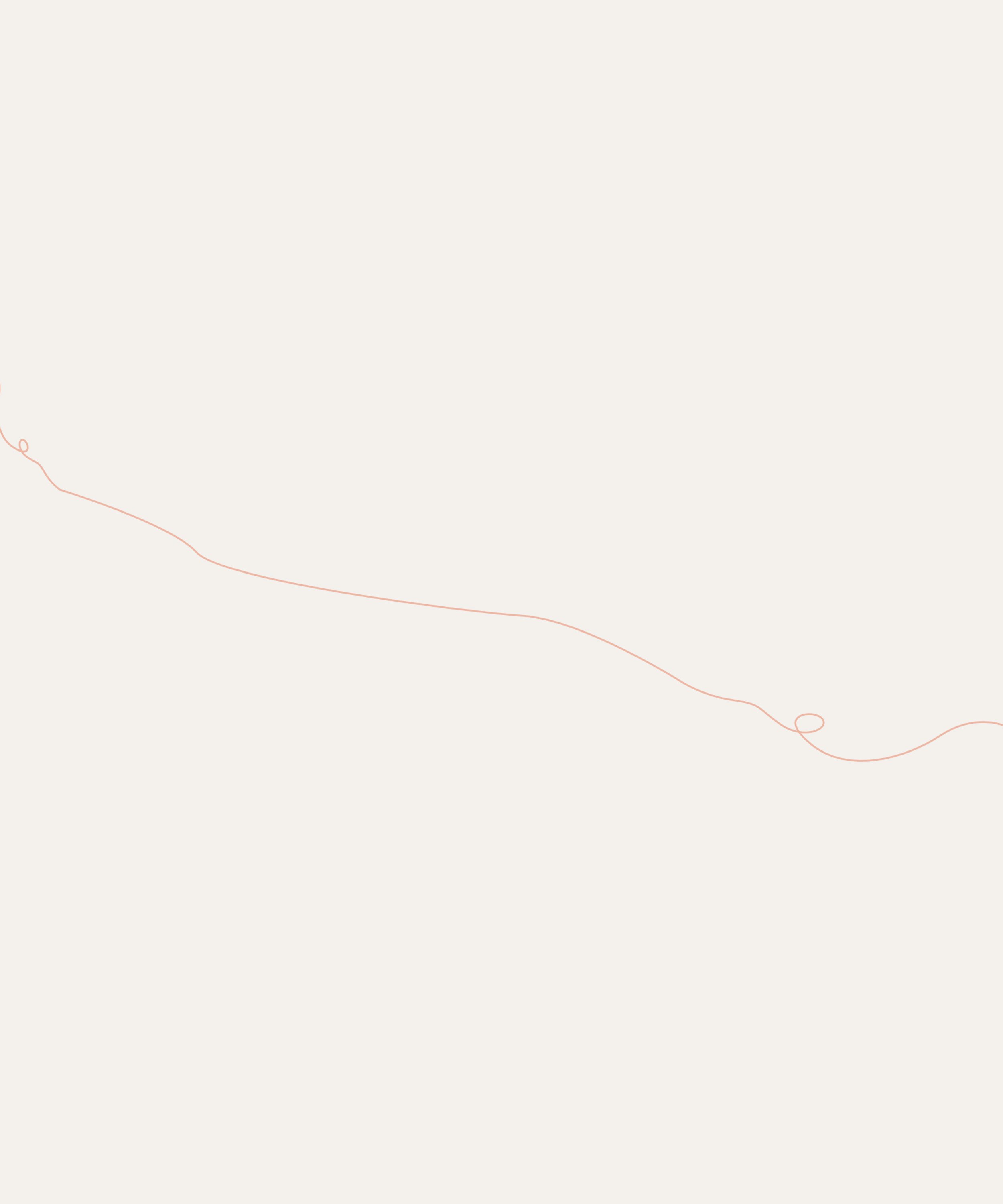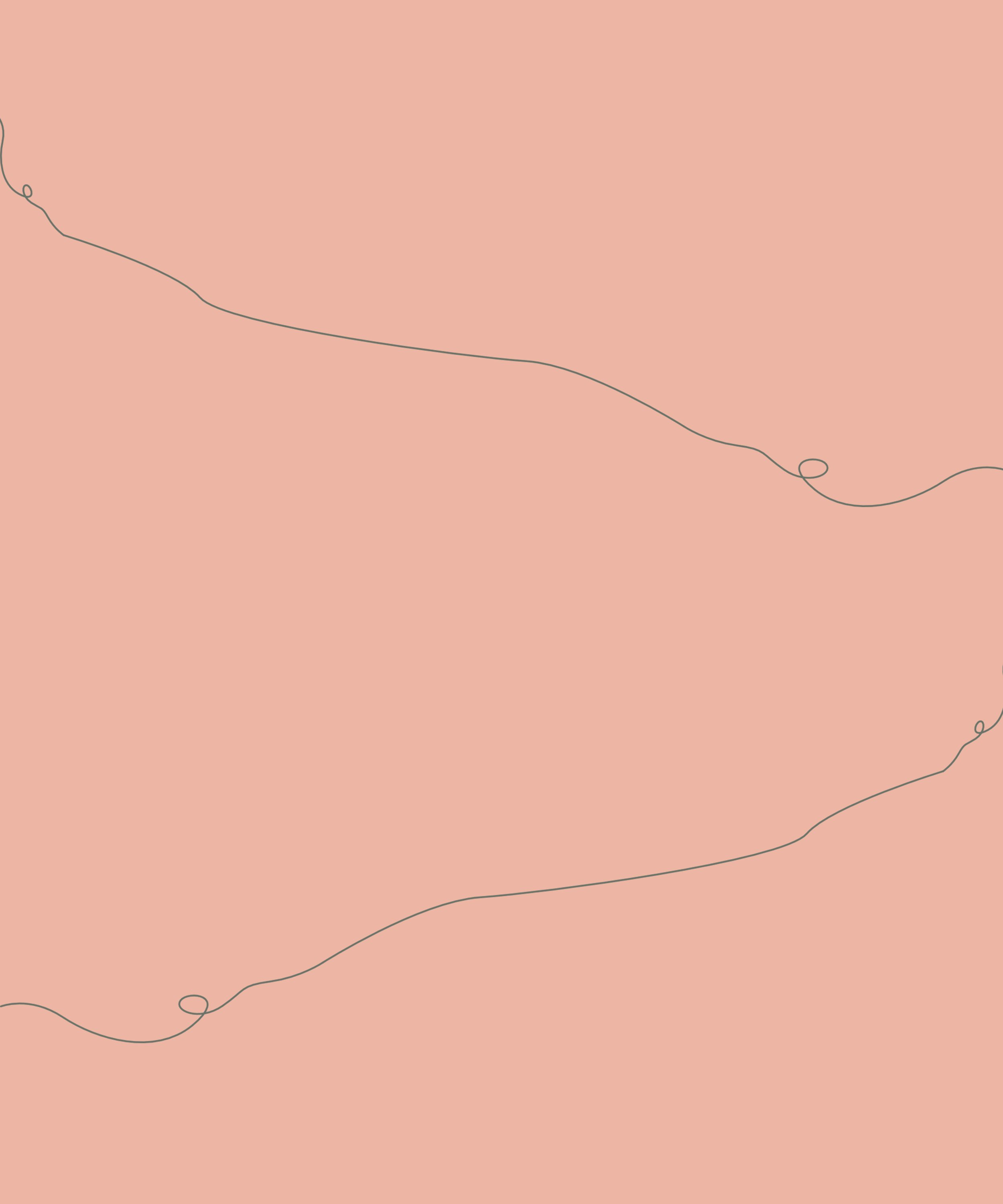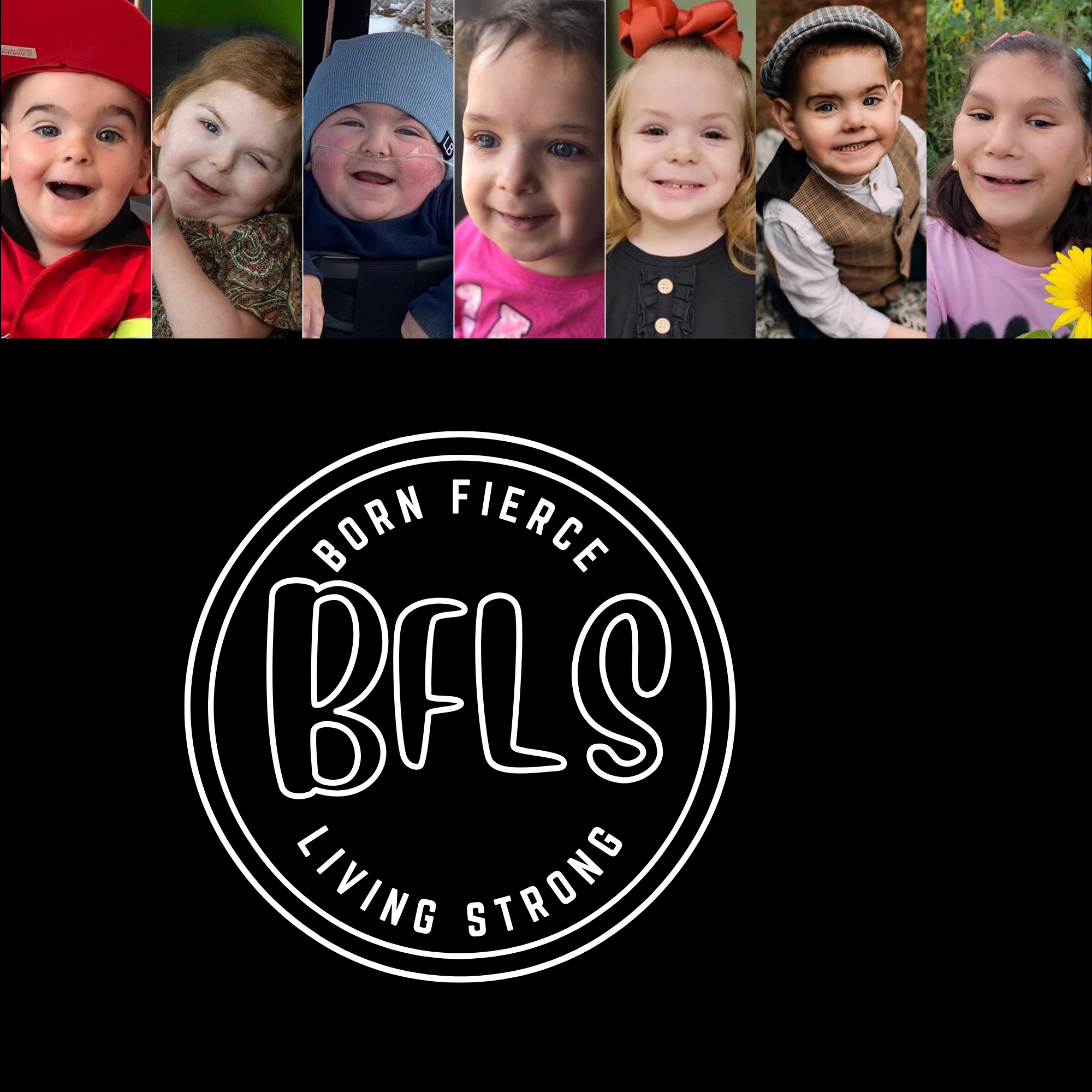
WHAT IS BFLS?

Börjeson-Forssman-Lehmann Syndrome (BFLS) is an extremely rare disorder characterized by intellectual disability, obesity, seizures, failure of the testes in males or the ovaries in females to produce hormones, tapered fingers, foreshortened toes, and distinctive facial features, including large ears and prominent eyebrows. Affected infants often experience hypotonia, struggles with feeding, and delays in reaching developmental milestones. The exact symptoms vary from case to case, even among members of the same family. BFLS is caused by disruptions or mutations of the PHF6 gene on the X chromosome. Function of the PHF6 protein and molecular pathogenesis of BFLS is not known.
When discussing similarities and differences amongst other families who have been affected by BFLS, some other areas of concern have been severe sleep apnea, eyesight issues, including nystagmus and strabismus, recurrent UTIs, and dental concerns.

Our Motivation
HINrik
Hinrik was born in June 2018 and from the beginning Hinrik had difficulities to thrive and slept often. When he was three months old, the doctors began to examine him and run tests when we noticed some developmental delays. When he was 6 months old he got his diagnosis, Börjeson-Forssman-Lehmann Syndrome.
-
He is very hypotonic and has been in training with physiotherapist since he was four months old, helping him with basic motor skills like how to roll over, sit, crawl, stand and now walk. Now he is walking with a walker. He goes to occupational therapy as well and says few words. He has mild strabismus and is far-sighted and use glasses. He has some endocrine problems and has to take medicin. Our endocrinologist has informed us a lot about the syndrome, being the only specialist in our country that is familiar with it. Hinrik is in kindergarten and gets the support he needs there. He loves playing in and with water, bath and swimming is his favorite, he also likes reading books and playing with his cat doll. He is very loving, happy and a sweet little boy.
Kenlee
Kenlee was diagnosed at 1.5 years old after her doctor noticed several different anomalies (crooked toe/finger, brown patches on her skin, kidney issues, heart issue, lazy eye, behind on walking/talking) and wanted to have a genetic test done.
-
Her most recent milestones are saying nana, yeah, and trying to use her voice more. She is more stable on her feet than before and is not falling as easily on uneven surfaces/hills and even tries to jump and run now. She is able to feed herself with a fork and spoon and now acts more like a toddler rather than a baby. She has a big personality and tries to be independent like a typical toddler. She can now communicate over 21 words either by talking or sign language and is learning the alphabet in sign language. She has also recently learned to identify and sign all colors.
Zayd
Zayd was diagnosed [last year] through sequencing genetic testing after being through a rocky 2 year journey, we finally got an answer. Being told by several medical professionals that nothing was wrong, Zayd was just behind in his developmental milestones and he will catch up.
-
A year had gone past and not much had changed with Zayd. The most challenging thing was to hold his head up lying on his stomach. He couldn’t roll, crawl and could sit up with support. I was still concerned that something wasn’t right but nothing was coming up in blood test or an MRI. After getting funding and starting speech and physio, Zayd began to improve and got stronger. Now that Zayd has been diagnosed, it gave us parents an answer and something to work on for Zayd’s future although a lot of the information is not very clear. I feel there is not a lot of knowledge out there about this syndrome. He has gained so much strength and confidence through hard work. I am so glad I started early intervention when I did as I feel it has made a huge difference to Zayd’s life.
Isabella
Isabella was diagnosed with BFLS 2 years ago in December. She will be three years old in May and we have thankfully had very proactive doctors. We started noticing Isabella’s delay and hypotonia at 6 months old.
-
Our doctor connected us with a physical therapist immediately while they began testing. She started this journey not being able to roll over, sit up, or stand on her own. To now being able to stand several minutes on her own and even taking a couple of steps on her own. Isabella had difficulty chewing and swallowing as she entered “toddlerhood”. She now meets with a feeding and speech therapist weekly that has transformed our lives. She had severe strabismus and was able to receive a surgery for correction. Our doctors are unsure what the future will bring for our little one’s health, but we are grateful Miss Isabella has kept her smile during this entire process. Looking forward to the future awareness and research of this very rare syndrome!
Asher
Asher was diagnosed with BFLS in April 2021 after being in and out of the hospital for 4 months. He struggled breathing on his own, would have episodes, and had such low tone it caused feeding issues. He has obstructive and central sleep apnea, seizures, a G tube, and goes to multiple therapies weekly.
-
His first year was really hard, even the common cold would hospitalize him. But as of lately, he is stable and thriving. He is doing tastes of food and he is learning to swallow. He is rolling over & sitting up unassisted for short amounts of time. He is learning to take steps in the gait trainer. He says “mama,” “dada,” “bubba” & “ball” and lots of other babbles and he loves laughing at his dogs and brother. Despite all of his health concerns, he truly is the happiest baby and our family is so blessed to have him!
SOFIA
On September 7, 2012, at 38 +4 weeks of gestation, Sofia was born, 6 pounds 11 oz. During pregnancy there was no complications, but at birth my daughter did not have instant oxygen in her lungs, she couldn’t breathe.
-
Seconds later after her first cry, she was put on oxygen to help her lungs function and she also received antibiotics during 7 days due to my fever. When she was born, she was detected with different characteristics. She was born with webbed toes, (medical term: syndactyly), and she was unable to open her eyes. A renal scan was conducted and detected hydronefrosis, a dilation in the renal pelvis can affect kidney function in the future, in which she has not had any problems and has improved 100%. Genetic testing was done and no type of syndrome was detected. She was referred to a different kind of specialist to check her development. Weeks later, in one of the studies the result was there was a deletion of a part of chromosome xp22.33. There is not much information regarding this chromosome. Her eyes presented severe inflammation, but there were no deficiencies or problems detected in her eyes, it was just difficult for her to open them. Breastfeeding and formula was very difficult, as she would easily choke and had severe congestion in general, something that really concerned me as a parent and her pediatrician. Her provider stated it might be reflux and prescribed ranitidine, but the problem continued. When she was 2 months her congestion was so severe she was not able to breath and was taken to the ER her oxygen was at 70% and she had bronchitis. Formula was changed but medical providers did not know the reason for her often airway clogs. A swallow study was done and it was detected that all liquids were going through her air way passages and blocked airway as a result her lungs were very weak. Medical providers decided to put her a gastric tube for feeding, but then later decided to put in a G-tube. Sofia still got ill frequently and so during a visit with the ENT doctor, it was realized her adenoids were very large and was affecting her breathing. This procedure not only is to shorten the adenoids, but required ear tube insertion because her ears do not drain it can cause infection and other problems. Even though the procedure was performed to cut short, with time they grow, which requires constant check-ups. As a result, she has had 3 surgeries, the last one was performed 2020. In regards to her development, it was slower and even though there was not a specific diagnosis, she received therapy since she was 8 months. Both physical and occupational therapy was done until she was 3 years. When she started pre-K, she continue to have problems due to her muscle lag she was not able to sit on her own until she was 2 years. Her balance is what affected her the most, reason why audiology test were performed every 4 months now every year as she has progressed 100%. As the studies continued with other genetic providers, we finally found out she has Borjeson-Forssman-Lehman Syndrome, a 4 year wait wanting to know others like her! As parents you want to help them as much as you can, how are the kids? What has helped them? Thanks to her continuity with swallow studies she has improved tremendously she tolerates to eat food by mouth, food must be thick like honey and for liquids we add a powder to thicken. She does not have any respiratory problems anymore, she gets sick less, and we decreased the use of the feeding tube, and in February 2021 we got it out, we never thought that would happened!!! Her balance has improved tremendously she takes equine therapy (therapy with horses) for 2 years now which has helped with her strength and balance. At age 4 she was approved for a walker with support so she can learn to walk on her own and strengthen her legs. She can grab things on her own, it used to be a challenge because she disliked to have different textures on her hand. Now she plays, she drags herself, she can move around from one place to another, she does not talk but makes sounds and we know by her facial expressions when she is mad or happy, she blows kisses and most of the time she is happy, she loves pictures! She is very smart and it is incredible how much she understands. When she was 1, I potty trained her the only reason I use diapers is for pee and I am sure if I train her she will learn. I know there are different factors that have helped her development and one of them is her sister she is 2 years younger than her and she is her motivation she imitates her movements and sounds every day. Sofia has taught me that we should never base ourselves on the name of a sickness or syndrome or what doctors can say but in herself, her process has been beautiful she has come so far. Her therapist, teachers family members have given her all the support she needs and she feels that. As a mother, I never thought achieving what we have.
CORA
Cora Rose was born in 2015 and diagnosed in 2016. She's a happy, loving girl, whose smile and laugh is so contagious! She loves her family, children and animals!
-
Music is her favorite thing and loves Trolls! We were lucky enough to find a "quick" (1 year of looking) diagnosis of BFLS and were quick to learn how rare this is and even more rare for females. We were given information that included black and white photos and much of which did not relate to Cora at all and only a few dozen documented cases to date from its discovery in 1962. Then isolating the deletion in 2002. With the increased technology and ability to test, we are finding more and more about BFLS but not enough. In 2017, myself and another mother across the Atlantic, created a family group in hopes that another family would search about their own child, and a keyword would bring up our group. Today we are up to 71 members and dozens of children all over the globe. I call them Cora’s God siblings. But still, only dozens worldwide! My wish for Cora and the rest of the families is BFLS, Inc. will connect more, bring awareness and more research! As much of our information is anadoctal by asking each other!
Want to share your story?
Contact us at BFLSINCORPORATED@GMAIL.COM to share your story or your child’s story
-
More Info Here!









